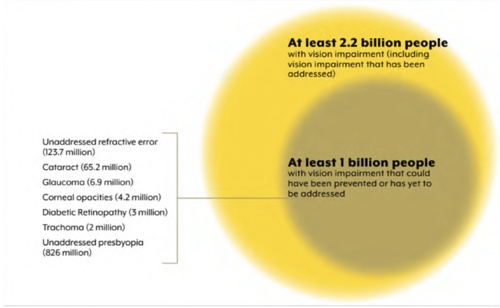
At least 1 billion people globally have a vision impairment that could have been prevented or has yet to be addressed due to a lack of accessibility to eye care.
The good news: Optometrists can enable access by creating an advocacy program, whose necessary steps were discussed during the lecture, “Utilizing Advocacy in Optometry to Improve Access to Eyecare,” which occurred yesterday.
“Advocacy takes time and passion. If you are passionate about a particular topic (e.g., pediatric vision care, expanded scope of practice, etc.), you will find the time,” pointed out lecturer Don W. Lyon, OD, MS, FAAO, and program co-lead for the Optometry Program on Advocacy and Leadership (OPAL), at the World Council of Optometry. “All it takes is a small step to make a big impact. We can do this together.”
Here are examples of some of the steps discussed:
Identify a focus
There are many hurdles to accessibility to eye care. Dr. Lyon listed several questions, such as, “how can you address the problem?” to enable the optometrist to determine which hurdle, such as patient proximity to an optometrist, to focus on overcoming.
Select a team
Once the OD has identified a focus, it’s time to select a team of needed individuals and groups to work with you on creating the advocacy project, noted Dr. Lyon. This could include other health care providers, such as pediatricians.
Other steps
The other steps discussed included creating a vision/mission statement, developing a risk profile, and the specific activities and related time frame for the advocacy program. OM
Advice for Academy attendees
"To get the most out of Academy, I recommend attending CE lectures on topics that are new to you," said Dr. Lyon. "Learn about the profession outside of your normal practice and comfort zones. Also, take time to explore the host city."



